The world of avian life is filled with remarkable creatures, and among the most captivating are swifts. These aerial acrobats, renowned for their incredible speed and endurance, occupy a unique niche in the ecosystem. This guide delves into the fascinating world of swifts, exploring their biology, behavior, and ecological significance.
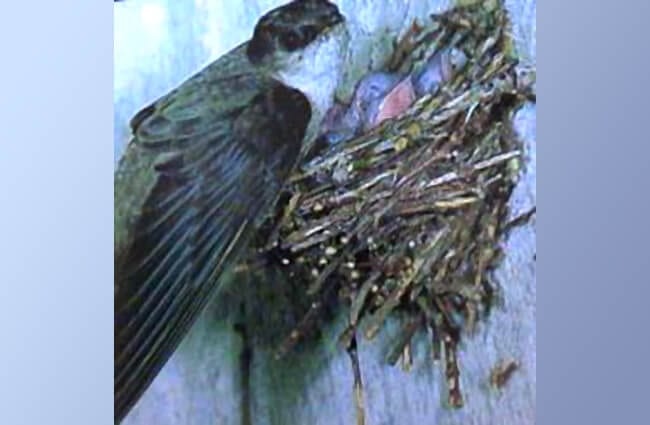
Understanding Swifts: An Overview
Swifts belong to the family Apodidae, a group distinguished by their small bodies, long, sickle-shaped wings, and short legs. They are found on every continent except Antarctica, with a diverse range of species adapted to various habitats. What truly sets swifts apart is their extraordinary aerial lifestyle. They spend the vast majority of their lives in flight, even eating, drinking, and occasionally sleeping on the wing. This remarkable adaptation has shaped their anatomy and behavior in profound ways.
Swift Species Diversity
There are approximately 90 species of swift, each exhibiting unique characteristics. Some of the more commonly known species include the Common Swift, the Chimney Swift, the White‑Throated Needletail, and the Black Swift. These birds vary in size, coloration, and habitat preference. The Common Swift is widely distributed across Europe and Asia, while the Chimney Swift is native to North America. Black Swifts are known for their dramatic vertical roosting behavior. The White‑Throated Needletail is noted for its long flights, reportedly remaining airborne for more than 200 days.
Habitat and Distribution
Swifts exhibit remarkable adaptability, colonizing a wide range of habitats. They are commonly found in both rural and urban environments, often nesting in cliffs, caves, or man‑made structures like chimneys and buildings. The Chimney Swift, as its name suggests, has a particular affinity for chimneys, while other species prefer to nest in caves or rocky crevices. Many species undertake long‑distance migrations, traveling thousands of miles between breeding and wintering grounds. They are frequently observed soaring over open fields, forests, and bodies of water, utilizing their aerial prowess to capture insects.
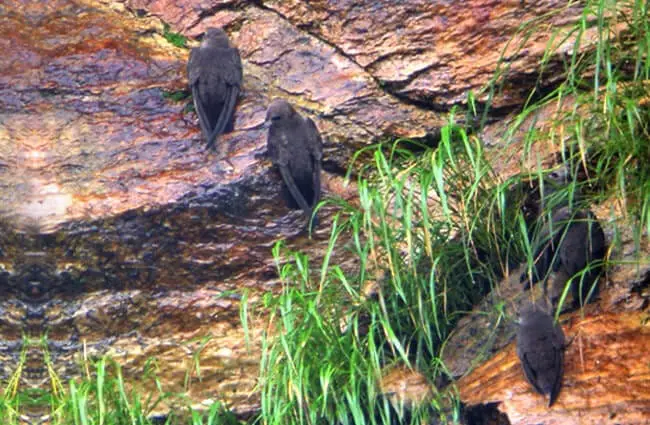
Evolutionary History
The evolutionary origins of swifts can be traced back to the Eocene epoch, approximately 56 to 34 million years ago. Fossil evidence suggests that early swifts were more terrestrial than their modern counterparts, gradually evolving adaptations for an aerial lifestyle. Key evolutionary innovations included elongated wings, a streamlined body shape, and a reduced sternum, all of which enhanced their flight capabilities. The development of specialized throat structures for insect capture and a highly efficient respiratory system further contributed to their aerial success. Phylogenetic studies indicate that swifts are closely related to hummingbirds, sharing a common ancestor that also exhibited adaptations for hovering flight.
Diet and Foraging Behavior
Swifts are exclusively insectivorous, feeding on a variety of flying insects such as flies, moths, beetles, and aphids. They are skilled aerial hunters, capturing insects on the wing with their wide mouths. Their foraging behavior is characterized by rapid, erratic flight patterns, allowing them to pursue prey with remarkable agility. They often forage in flocks, maximizing their chances of encountering insects. Some species exhibit crepuscular foraging behavior, becoming active during dawn and dusk when insect populations are abundant. Swifts obtain water by drinking rainwater in flight or by gleaning water droplets from vegetation.

Mating and Reproduction
Swifts are typically monogamous, forming long‑term pair bonds. They often return to the same nesting site year after year. The breeding season varies depending on the species and geographic location. Swifts build their nests using saliva, feathers, twigs, and other materials. The nests are often constructed in sheltered locations such as chimneys, caves, or crevices in buildings. The female typically lays two to five eggs, which are incubated by both parents. The chicks are altricial, meaning they are born helpless and require extensive parental care. The parents feed the chicks regurgitated insects until they are fully fledged and able to fly.
Ecological Role and Interactions
Swifts play an important role in controlling insect populations, contributing to ecosystem health. They serve as a food source for birds of prey such as falcons and hawks. Swifts often share their nesting sites with other bird species, creating complex ecological communities. They can also interact with humans, sometimes nesting in chimneys and causing minor inconveniences. In some cultures, swifts are considered symbols of good luck and prosperity.
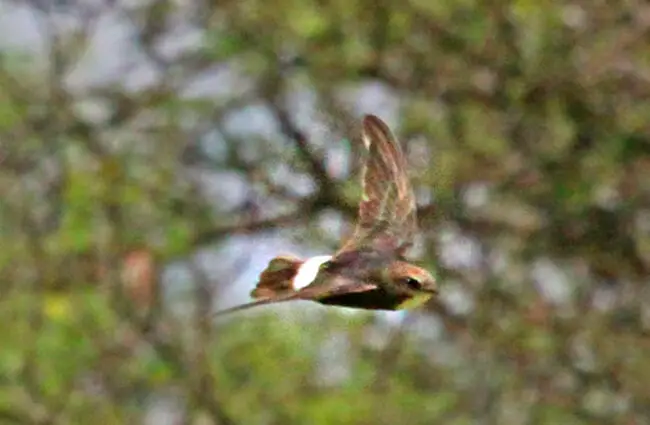
Swifts and Human Interactions
Historically, swifts have been harvested for their nests, which are used in traditional medicine and as a delicacy in some cultures. This practice has led to population declines in some species. Habitat loss and pesticide use also pose threats to swift populations. Conservation efforts include protecting nesting sites, reducing pesticide use, and raising public awareness about the importance of swifts. Providing artificial nesting structures can also help to support swift populations in urban areas.
Swift Identification Guide for Enthusiasts
Distinguishing between swift species can be challenging. Here is a brief guide:
- Common Swift: Dark plumage, sickle-shaped wings, rapid flight.
- Chimney Swift: Black and white plumage, pale underside, distinctive chattering call.
- Black Swift: Entirely black plumage, long, pointed wings, often roosts vertically.
Interesting Swift Facts
- Some swifts can enter a state of torpor, slowing their metabolism to conserve energy during periods of food scarcity.
- The White‑Throated Needletail is believed to be the fastest bird in level flight, reaching speeds of over 100 miles per hour.
- Swifts have exceptionally long lifespans, with some individuals living for over 20 years.
- They can navigate using a combination of visual cues, magnetic fields, and infrasound.

Caring for Captive Swifts
Caring for swifts in captivity is incredibly challenging due to their specialized aerial lifestyle.
- Enclosure: A large aviary is essential, allowing for extensive flight space.
- Diet: A diet of live insects, such as mealworms, crickets, and flies, is crucial.
- Enrichment: Providing opportunities for aerial maneuvers and social interaction is important.
- Avoid: Confining swifts to small cages or restricting their flight opportunities.
Encountering a Swift in the Wild
If you encounter a swift in the wild, observe it from a distance and avoid disturbing its nesting site. If you find an injured swift, contact a local wildlife rehabilitation center for assistance.
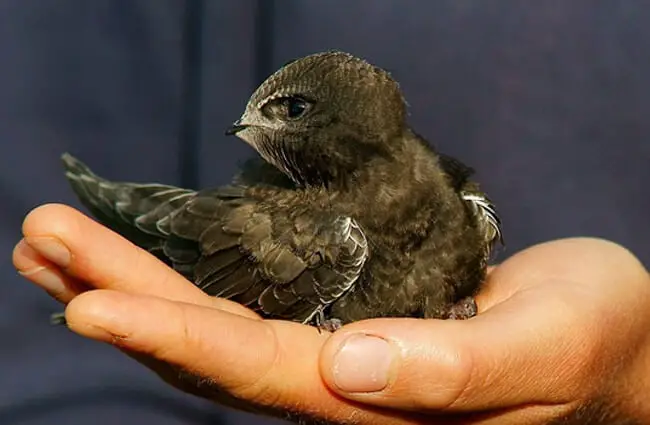
Swifts are truly remarkable birds, embodying the spirit of freedom and adaptation. Their unique biology, behavior, and ecological role make them a fascinating subject of study and a valuable component of the natural world. Continued research and conservation efforts are essential to ensure that these aerial acrobats continue to grace our skies for generations to come.
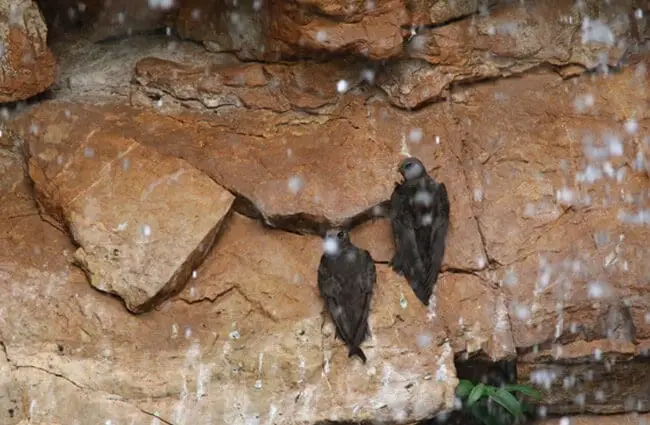

![Red Angus Closeup of a beautiful Red Angus cowPhoto by: U.S. Department of Agriculture [pubic domain]https://creativecommons.org/licenses/by/2.0/](https://animals.net/wp-content/uploads/2020/03/Red-Angus-4-238x178.jpg)




![Red Angus Closeup of a beautiful Red Angus cowPhoto by: U.S. Department of Agriculture [pubic domain]https://creativecommons.org/licenses/by/2.0/](https://animals.net/wp-content/uploads/2020/03/Red-Angus-4-100x75.jpg)

